UTAH SNOW REPORT
Last Updated: January 2, 2026
Snowpack levels across the state are currently 45% of normal. The deepest snowpack in Utah was last observed at Long Valley Jct with a snowpack depth of 80”, about 716% of normal when compared to it's 11" average depth for this time of year. Utah's snowpack varies significantly, with some areas like Tony Grove Lake boasting a deep snowpack of 39 inches, while others like Beaver Dams show a mere inch. Despite a forecast promising up to 23 inches of snow in places like Ben Lomond Peak, ski resorts face challenges adapting to changing conditions, underlining a shift in the winter landscape.
Utah Snowpack Map
Explore real-time snowpack depths across Utah.
Utah Ski Area Forecast
Next 5 Days
-
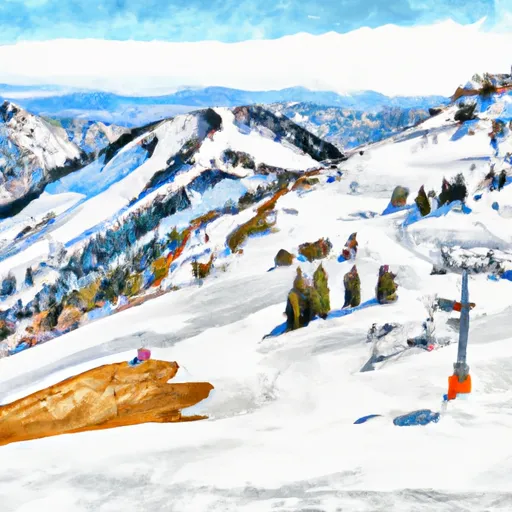 Alta Ski Area
10"
Alta Ski Area
10"
-
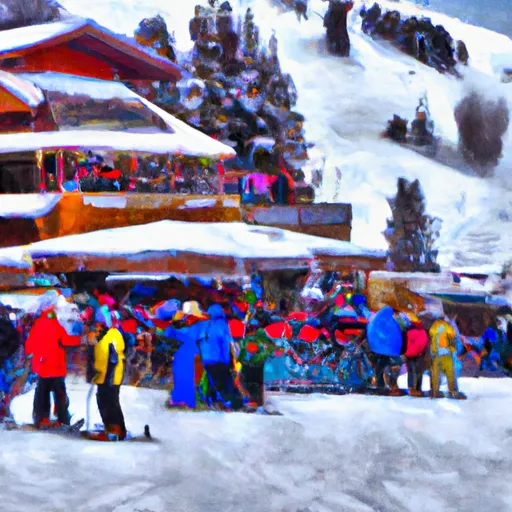 Beaver Mountain Ski Area
12"
Beaver Mountain Ski Area
12"
-
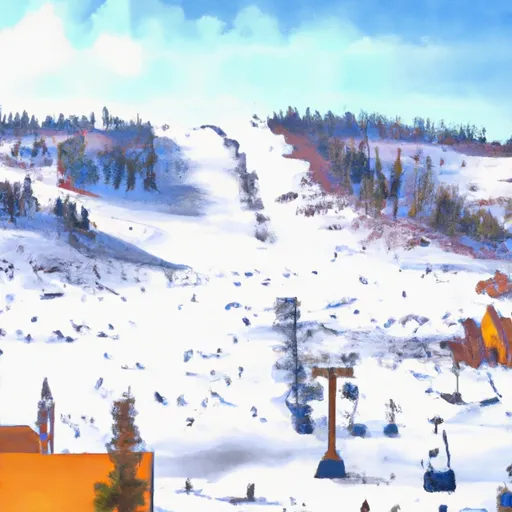 Brian Head Resort
2"
Brian Head Resort
2"
-
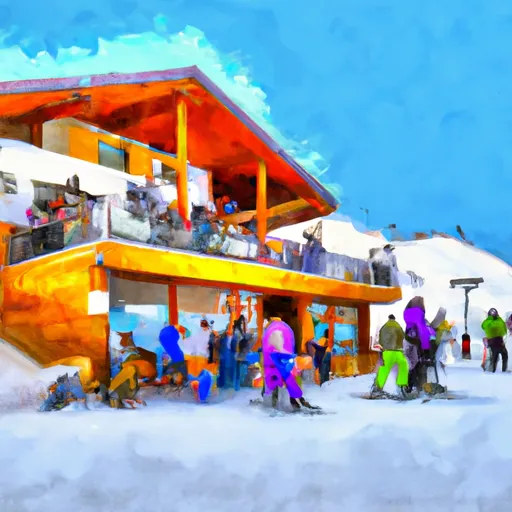 Brighton Ski Resort
10"
Brighton Ski Resort
10"
-
 Canyons
10"
Canyons
10"
-
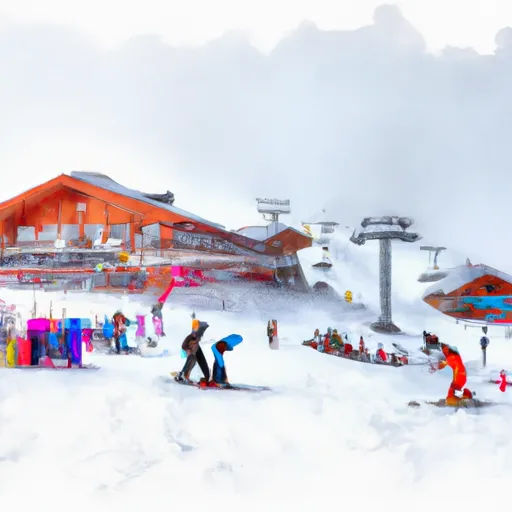 Cherry Peak
12"
Cherry Peak
12"
-
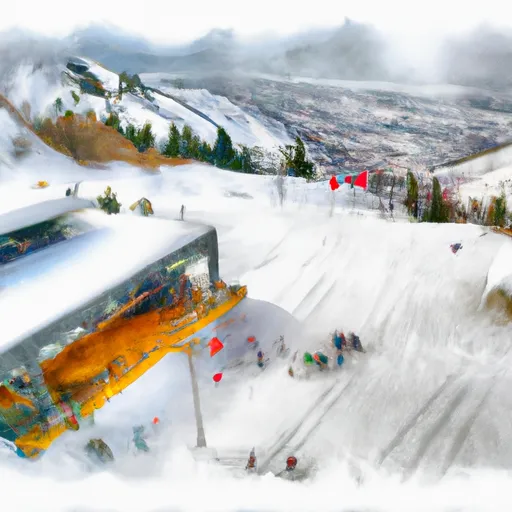 Dc Shoes Mountain Lab
10"
Dc Shoes Mountain Lab
10"
-
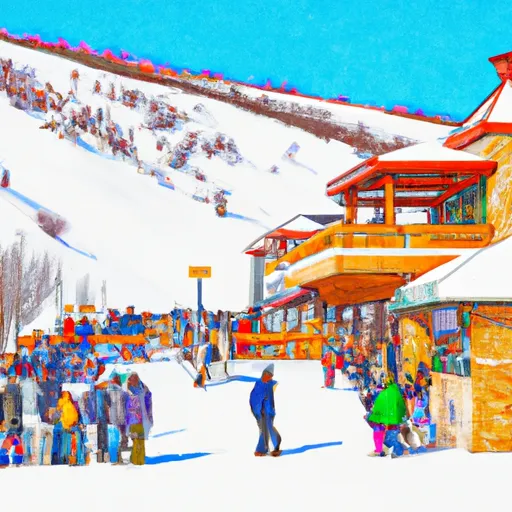 Deer Valley Resort
10"
Deer Valley Resort
10"
-
 Park City Mountain Resort
10"
Park City Mountain Resort
10"
-
 Powder Mountain
10"
Powder Mountain
10"
-
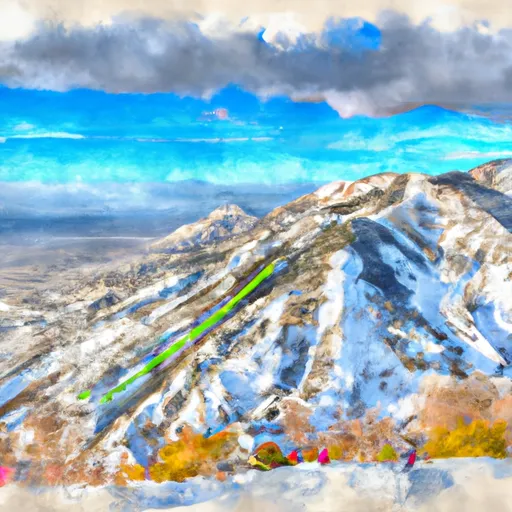 Snowbasin
10"
Snowbasin
10"
-
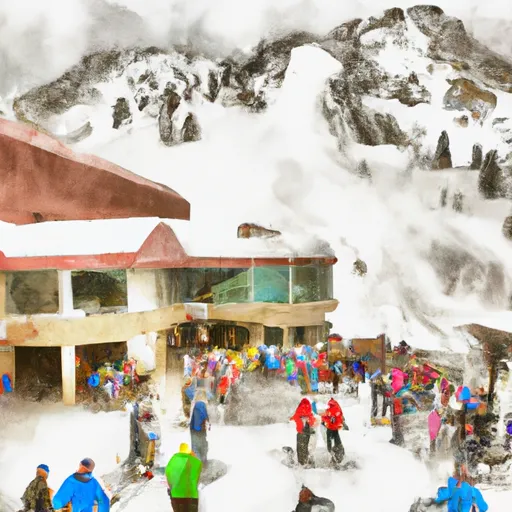 Snowbird Ski And Summer Resort
10"
Snowbird Ski And Summer Resort
10"
-
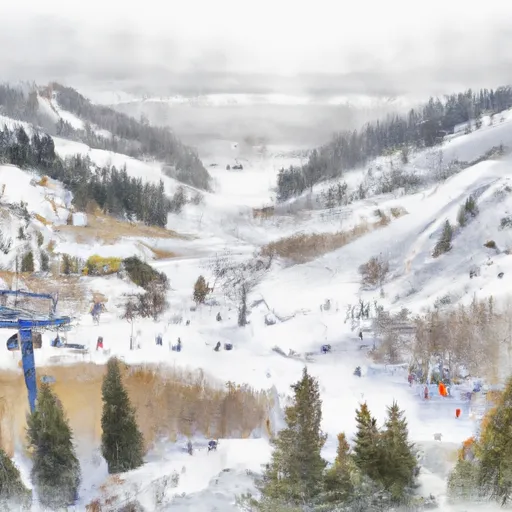 Solitude Mountain Resort
10"
Solitude Mountain Resort
10"
-
 Sundance
10"
Sundance
10"
Utah Snow Report FAQs
How often is this report updated?
Daily from SNOTEL and NOAA sources.
What are snowpack levels in Utah like right now?
Snowpack levels across Utah are approximately 45.0% of normal compared to previous years.
Where is it coldest in Utah right now?
Nohrsc Indian Canyon is experiencing frigid temperatures of 26°.
Where in Utah will get the most snowfall this week?
Brighton is expected to receive up to 23" of more snowfall over the next 5 days.
Where is the most snow in Utah today?
Currently at Long Valley Jct with 80".
